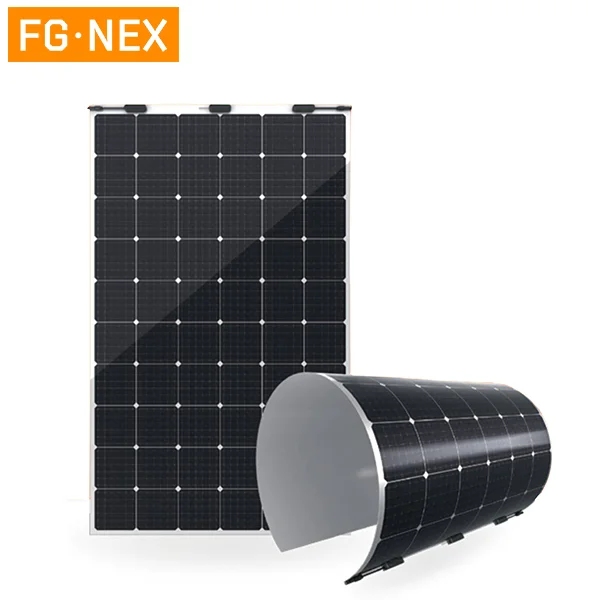- This topic is empty.
-
AuthorPosts
-
2024-07-08 at 2:26 pm #79283
Solar panels are devices that convert solar energy into electrical energy and are the core components of solar power generation systems. In the manufacturing process of solar panels, monocrystalline solar panels, and polycrystalline solar panels are two common types. This article will compare these two types and explore their characteristics, advantages, and disadvantages.
From the perspective of energy conversion efficiency, monocrystalline solar panels usually have higher efficiency. The production process of monocrystalline silicon starts with high-purity silicon material, which is pulled into cylindrical monocrystalline silicon ingots and then cut into sheets to make solar cells. Because the atoms inside are neatly arranged, the electrons encounter less resistance during movement, so the photoelectric conversion efficiency is high, generally up to 20% to 22%. This means that under the same lighting conditions, monocrystalline solar panels can generate more electricity.

In contrast, the production process of polycrystalline silicon panels involves pouring molten metal silicon into blocks and cooling and solidifying them. The polycrystalline silicon blocks formed are cut into slices and used to make solar cells. There are many grain boundaries inside polycrystalline silicon, which causes greater resistance to electrons when moving, and its photoelectric conversion efficiency is relatively low, usually between 15% and 17%. Despite their lower efficiency, polycrystalline silicon panels still have their own unique features on certain occasions.
In terms of price, polycrystalline silicon panels have obvious advantages due to their lower production costs. Compared with the complex purification and crystal growth process of monocrystalline silicon, the production process of polycrystalline silicon is simpler, with less energy consumption and material waste. This usually lowers the sales price of polycrystalline silicon panels in the market than that of monocrystalline silicon. For users with limited budgets, polycrystalline silicon panels are undoubtedly the most cost-effective choice.
Weather resistance and maintenance are important indicators for considering the long-term performance of solar panels. Monocrystalline solar panels have strong resistance to light decay and environmental factors due to their uniform crystal structure, and the power decay rate under long-term operation is relatively slow. However, polycrystalline silicon panels may decay power faster due to structural defects, which may result in lower overall power generation than monocrystalline solar panels in long-term use.
Environmental factors also have different effects on the two panels. Monocrystalline solar panels have a better temperature coefficient, that is, their power loss is relatively small in high-temperature environments. For solar power generation projects in hot climates, monocrystalline solar panels may be a more suitable choice. In contrast, although the power of polycrystalline silicon panels drops faster when the temperature rises, their overall stability and durability still meet the needs of most applications.
In terms of application diversity, monocrystalline solar panels are particularly suitable for places with limited area but high power generation, such as rooftop photovoltaic systems, due to their high-efficiency characteristics. At the same time, monocrystalline solar panels are highly aesthetic and easier to integrate with the design of modern buildings. Polycrystalline silicon panels are more popular in large-scale ground power station projects due to their cost-effectiveness, especially on occasions with strict budget control.
In summary, there are certain differences between monocrystalline solar panels and polycrystalline solar panels in terms of performance, cost, and application. Monocrystalline solar panels have higher energy conversion efficiency, but higher prices, and are suitable for application scenarios with limited space. Polycrystalline solar panels have lower costs and better low-light performance, which are suitable for large-scale solar power generation projects. Together, they will promote the development of the solar power generation industry.
As a monocrystalline solar panel enterprise, we are committed to providing high-quality and high-efficiency solar energy solutions. In addition to providing high-quality products, we also provide comprehensive pre-sales and after-sales services. Our professional team will tailor solutions to our customers' needs and provide installation, maintenance, and after-sales support to ensure that customers can make the most of solar energy resources.
http://www.fgnexsolar.com
Wuxi Fgnex Technology Co., Ltd. -
AuthorPosts
- You must be logged in to reply to this topic.